

Figurative sculptures
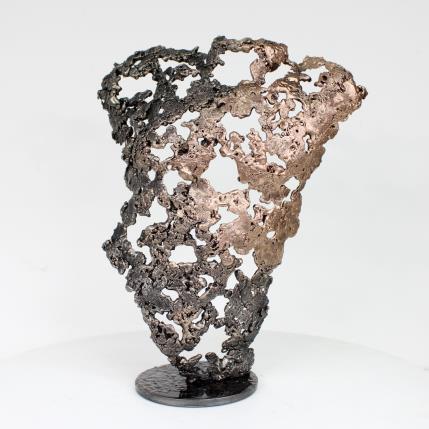
Buil Philippe
Pavarti Lui
31 x 26 x 70 cmHKD 16,650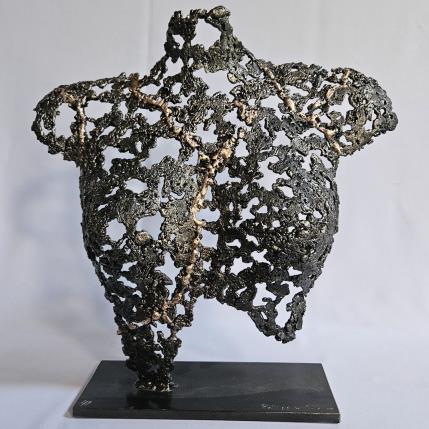
Buil Philippe
Belisama Boréale
HKD 43,050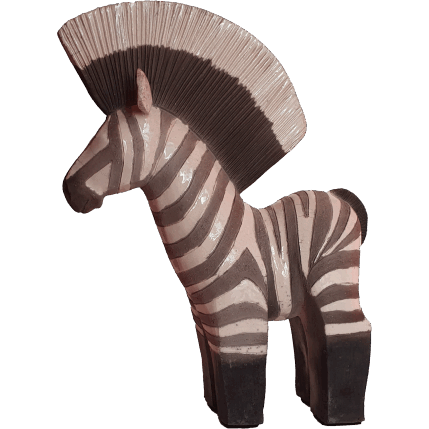
Roche Clarisse
Le zèbre
A venirHKD 11,350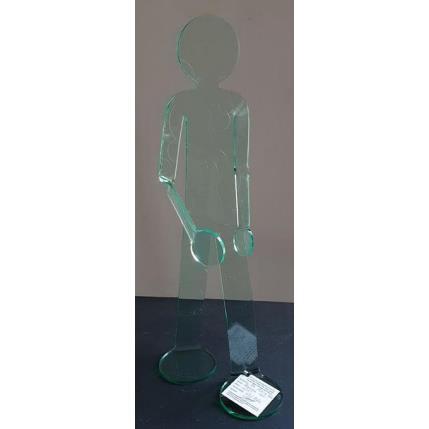
Zed
Flexo Be Active BBL
40 x 20 x 20 cmHKD 2,650
Zed
Flexo Be Cute HRT
40 x 20 x 20 cmHKD 2,650
Eres Nicolas
Méduse 2
HKD 16,650
Zed
Flexo Be Free STR
40 x 20 x 20 cmHKD 2,650
AL Fer & Co
Danseuse
45 x 18 cmHKD 6,150
Silve Aude
Pivoine
HKD 21,950
Eres Nicolas
Envolée aux 9 papillons
HKD 16,650
Silve Aude
Rose
HKD 21,950
Zed
Flexo Be Dreamer NBR
40 x 20 x 20 cmHKD 2,650
Escoffier Odile
Vase Raku 1
HKD 6,150
Buil Philippe
Pavarti Scintillante
HKD 16,650
Zed
Flexo Be Desperate HNY
40 x 20 x 20 cmHKD 2,650
Eres Nicolas
Méduse bleue
HKD 11,350
AL Fer & Co
Tense
HKD 11,350
Buil Philippe
Violon 26-24
HKD 16,650
Silve Aude
Opale
HKD 6,150

Eres Nicolas
Tourbillon
HKD 11,350
Eres Nicolas
Pomme d'Amour
HKD 6,150
Eres Nicolas
baby raie
HKD 6,150

Eres Nicolas
Envolée destructurée
HKD 11,350
Silve Aude
Marguerite
HKD 11,350
Martinez Jean-Marc
L' ACROBATE
HKD 11,350
Buil Philippe
Pavarti Usule
HKD 16,650
Buil Philippe
Bouteille Champagne 27-24
HKD 11,350
Virginie Brunet
Saï
HKD 16,650
Escoffier Odile
Statuette raku 1
HKD 6,150
Martinez Jean-Marc
SEUL
HKD 11,350
Eres Nicolas
oiseaux au clair de lune en suspension
HKD 11,350
Xavier Tetrel
CAT2 No Name 106-21534-20240712-1
HKD 6,150
Escoffier Odile
Statuette raku 2
HKD 6,150
Zed
Flexo Be Happy FLW
40 x 20 x 20 cmHKD 2,650
Poumès Jérôme
Building 17
HKD 11,350
Eres Nicolas
envolée papillons
HKD 16,650
Escoffier Odile
Manchot empereur
HKD 11,350
Buil Philippe
Pavarti Enflammée
HKD 16,650
Eres Nicolas
Blue manta
HKD 16,650
AL Fer & Co
Tense
HKD 11,350
Silve Aude
Amaryllis
HKD 21,950
Martinez Jean-Marc
DÉESSE
HKD 11,350
Poumès Jérôme
Building 15
HKD 21,950
Eres Nicolas
Méduse XL Bleu aquamarine
HKD 16,650
Eres Nicolas
oiseau sur branche
HKD 6,150
Eres Nicolas
Papillon amoureux
HKD 11,350
Zed
Flexo Be Cute STR
40 x 20 x 20 cmHKD 2,650
Silve Aude
Capeline
HKD 2,650
Silve Aude
Valentina
HKD 43,050
Silve Aude
Nina
HKD 43,050
Eres Nicolas
Raie à l'algue turquoise
HKD 11,350
BUY a figurative sculpture by Carré d'artistes
Are you considering purchasing a figurative art sculpture?
Unlike abstract art, which focuses on shapes and colors, figurative art portrays life as it is, blending realism with creative interpretation.
This timeless art form adds sophistication and a personal touch to any space. Whether you're looking for a bold statement piece or subtle elegance, these sculptures can transform your home decor.
At Carré d'artistes, discover modern figurative sculptures that will take your breath away.
Read more
WHAT IS FIGURATIVE SCULPTURE?
Figurative sculpture is a traditional approach to depicting subjects, focusing on recognizable forms and realistic details. Artists emphasize the human figure, animals, or objects in their work, capturing proportions, expressions, and movements that convey a sense of life and character.
This representational art maintains a close relationship with reality, offering a tangible and relatable experience, while still allowing room for artistic interpretation and emotional depth.
Key aspects of sculptures of figures include:
- The importance of the representation of the human body, either in full or in part like busts.
- The attention to detail, as artists focus on anatomy, proportions, and textures to create lifelike art pieces.
- The materials used, like stone, bronze, wood, and more recently, modern materials like metal and resin.
HISTORY OF FIGURATIVE ART
Figurative art has a long history, going back to prehistoric times when early humans used cave paintings and carvings to depict the world around them, such as in the "Venus of Willendorf".
Over time, figurative works became more realistic. In ancient Egypt, Greece, and Rome, it thrived, especially in sculpture. Artists often depicted gods, heroes, and everyday people with idealized proportions and fine details.
During the Renaissance, figure paintings and sculptures reached new heights as artists aimed to perfect anatomy, balance, and proportion to create lifelike representations. This period set the standard for "high art." Sculptors like Michelangelo and Donatello created figures that remain iconic today, focusing on classical ideals and naturalism.
In the 19th and early 20th centuries, movements like Romanticism and Realism continued to explore figurative themes. However, the rise of Modernism introduced abstract art and non-figurative works, shifting attention away from realism.
Despite these changes, figurative sculpture endured. It evolved with contemporary techniques and ideas, maintaining a balance between tradition and innovation. Today, figurative sculpture remains a diverse and popular art form, blending classic realism with modern approaches like abstract figure sculpture.
FAMOUS FIGURATIVE SCULPTORS
Several famous sculptors have made a lasting impact on figurative sculpture, each contributing unique styles and skills.
Michelangelo is one of the most famous names in figurative sculpture. His works, like David and the Pietà, are known for their precision and emotional depth. Its ability to portray the human form with idealized beauty and power made it a key figure in Renaissance art and Western art history.
In the 19th century, Auguste Rodin revolutionized modern sculpture. His works are known for their expressive realism and raw emotion. Rodin moved away from classical ideals, focusing instead on imperfect human figures and intense feelings, helping shape modern figurative sculpture.
Henry Moore, known for his semi-abstract forms, often returned to the human form in his sculptures. His reclining figures balance organic simplicity with a sense of power, blending abstraction with a focus on the human body.
Alberto Giacometti a major figure in modern figurative sculpture, is known for his elongated, thin figures that seem almost skeletal. His sculptures convey deep existential themes of isolation and fragility, especially in the post-war period.
Through his innovative depictions of the human figure, Giacometti influenced a generation of contemporary artists and left a lasting impact on 20th-century sculpture, blending figuration with abstraction to explore themes of identity, isolation, and perception.
HOW TO INCORPORATE FIGURATIVE ARTWORK IN YOUR HOME DECOR
Adding figurative sculptures to your home decor adds elegance, personality, and artistic style. Whether you want a focal point or to enhance a space, figurative sculptures can transform your home. A large-scale sculpture in the living room or entryway can become a striking centerpiece, setting the tone for the room. Smaller sculptures work well in bedrooms or home offices, adding a personal touch to private spaces.
Contemporary sculptures also create a beautiful contrast in modern, minimalist interiors, especially with materials like bronze or marble. Accent lighting can highlight these sculptures, enhancing their texture and form. Spaces like gardens or patios benefit from figurative outdoor sculptures too, adding an artistic touch to natural settings.
If you're looking for figurative sculpture for sale, you’ll find many options that blend traditional and modern art. With contemporary sculptures by artists from Carré d’artistes, you can add a timeless, unique style to your home.
Sculptures By SIZE


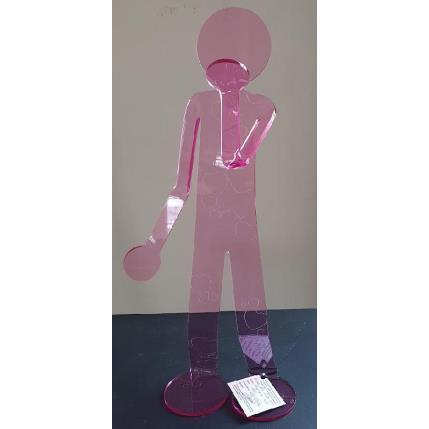

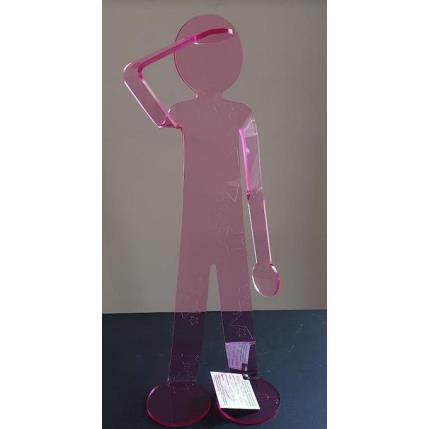
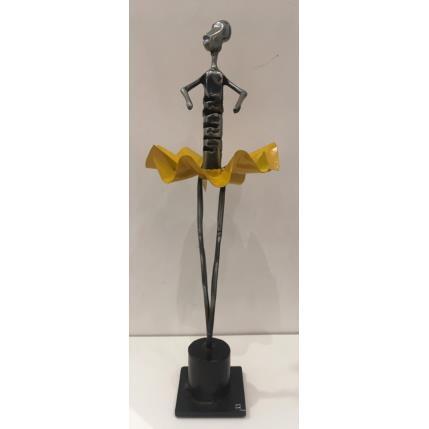
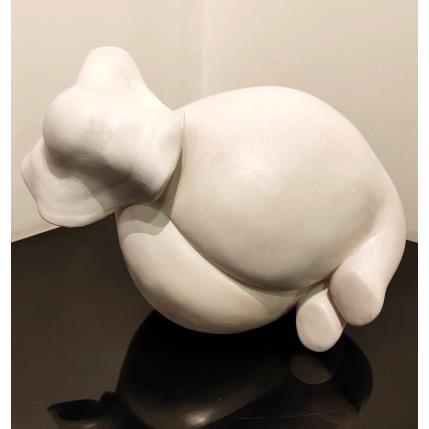

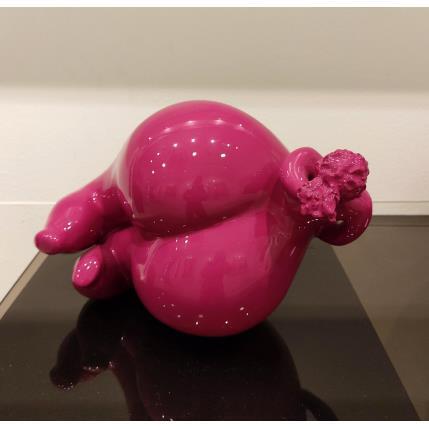


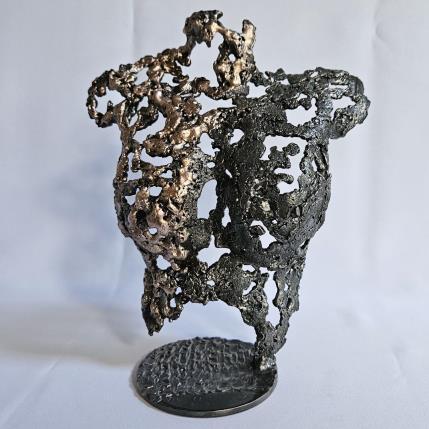
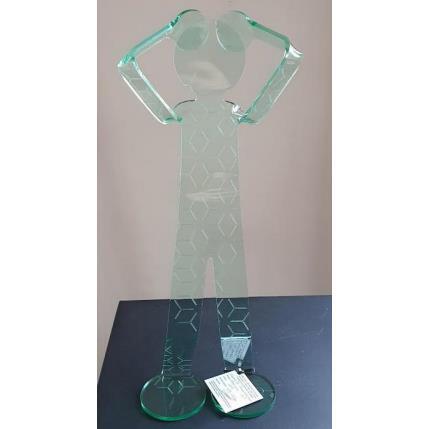
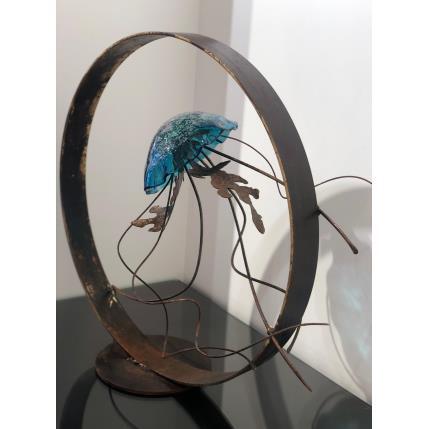
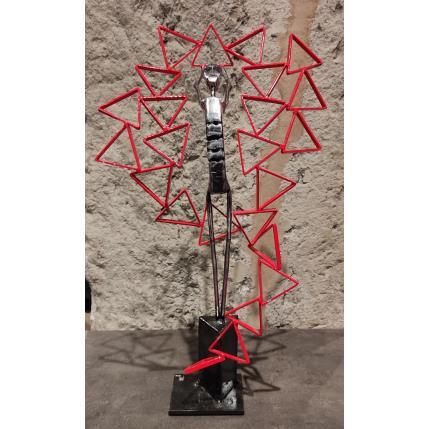
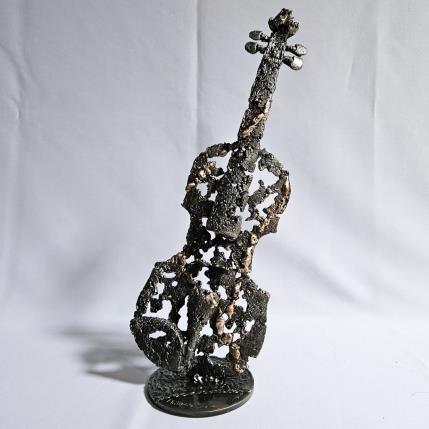
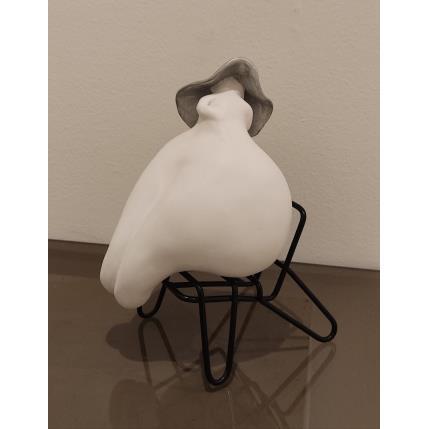


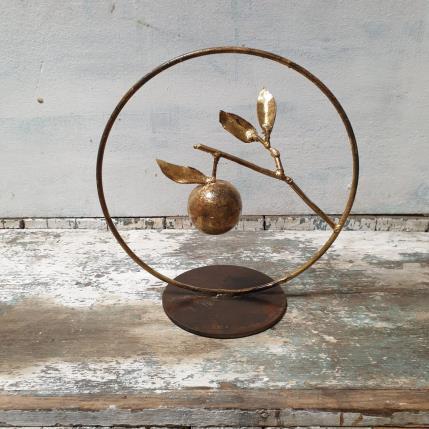


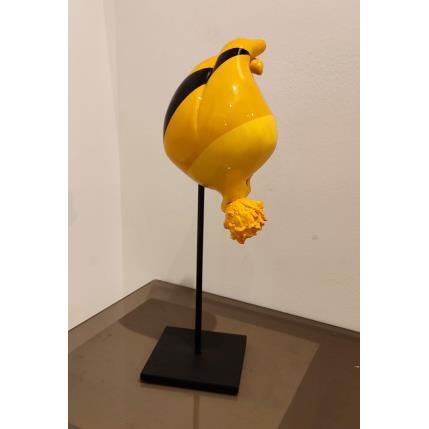


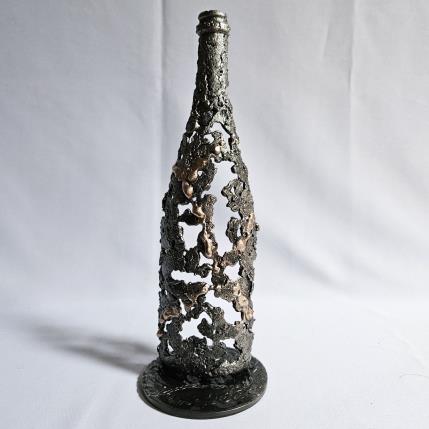



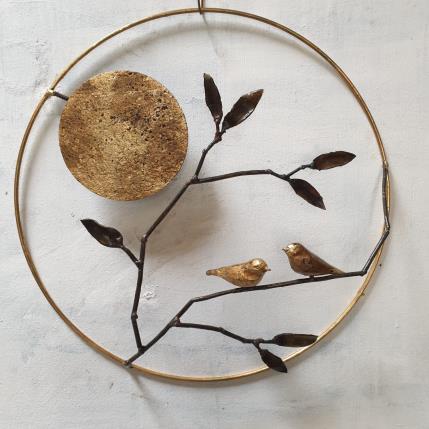






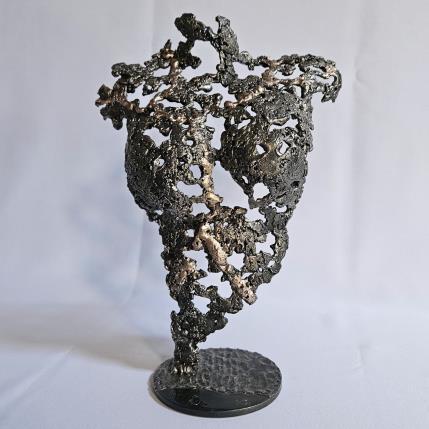


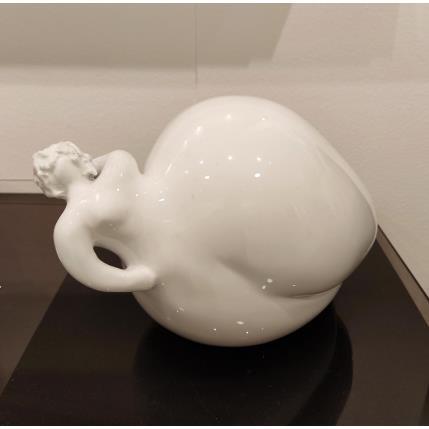

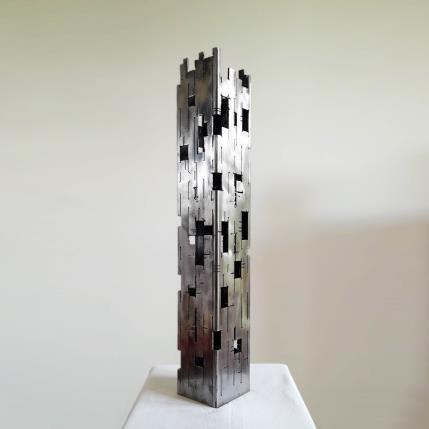
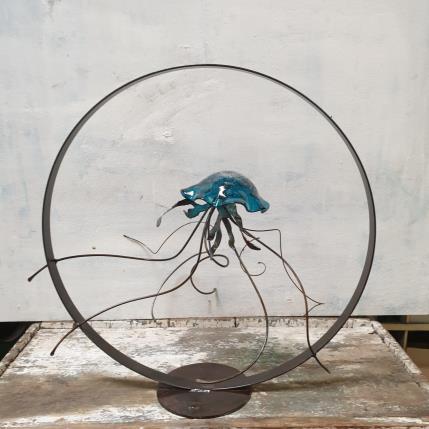


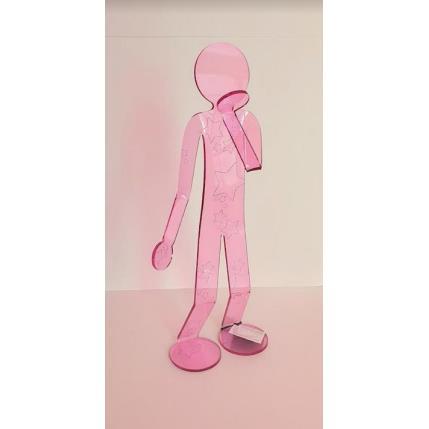
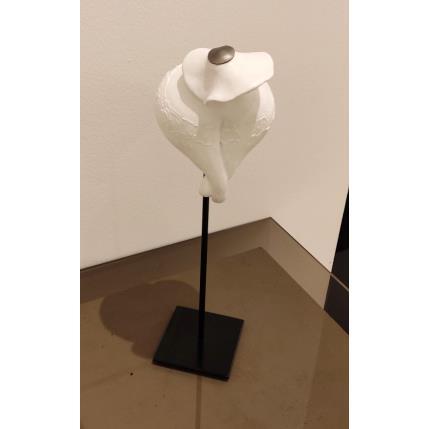
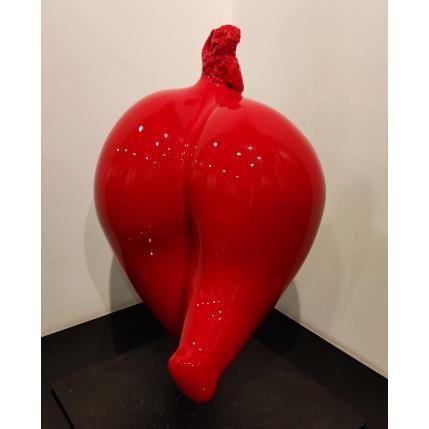
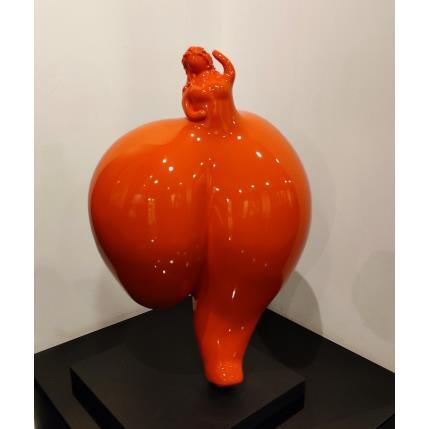
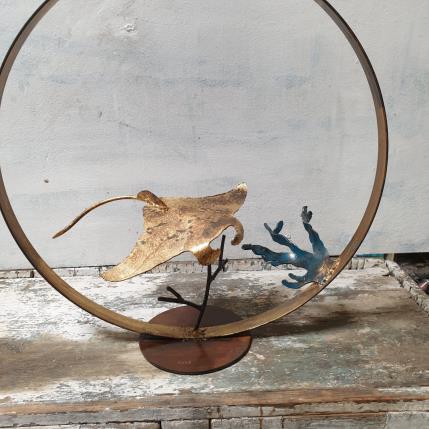
2.jpg)



